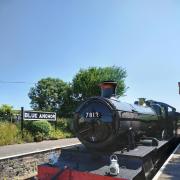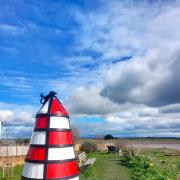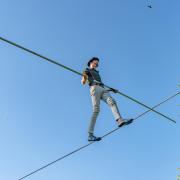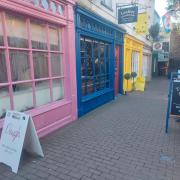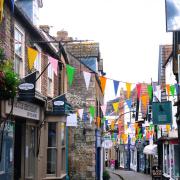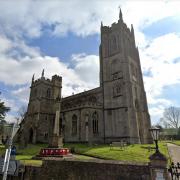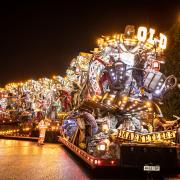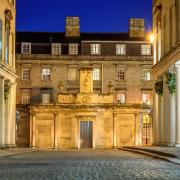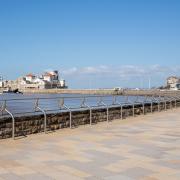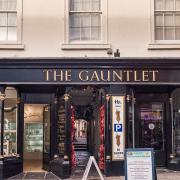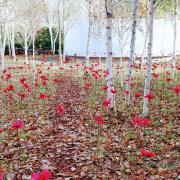This month Andrea Cowan visits Withypool
Withypool is a pretty village on Exmoor’s River Barle accessed by a six-arched Grade II-listed stone bridge that was built in the mid-19th century. The village takes its name from the willow trees, or withies, that grow alongside the river.
It has a long history with settlements stretching back to the Bronze Age. Withypool is mentioned in the Domesday book and during the 14th century, it was looked after by Geoffrey Chaucer in his role as forester for the North Petherton estate.
The village is a good starting point for many walks. Just a short climb up Withypool Hill is the remains of the Bronze Age Withypool Stone Circle. Meanwhile a popular four mile stroll along the river brings you to the ancient clapper bridge, Tarr Steps.
Withypool itself is quiet and unspoilt, consisting of just 100 houses, many of which are traditional lime washed, rendered stone cottages. The Church of St Andrews, dating from the late medieval period, is a listed building as is Garliscombe Mill, an early 19th century corn mill which closed in 1920.
The Royal Oak Inn, a lovely 17th-century traditional country inn, has seen its share of history. RD Blackmore is said to have written part of his famous Exmoor novel Lorna Doone in the bar whilst the artist Sir Alfred Munnings, one of England’s finest painters of horses, had a studio in the inn’s loft. In the 1930s the inn was owned by Maxwell Knight, a spy-ring leader and the inspiration for Ian Fleming’s character of James Bond’s boss, M. Meanwhile, during the Second World War the nearby Woolacombe beach was used to simulate the invasion of Normandy, and the American General Dwight Eisenhower planned much of the D-Day landings while staying at the inn.
Withypool has a shop and post office, along with a popular tearoom which opens from spring until late autumn. It’s situated next to a set of iconic early 20th century Shell petrol pumps, apparently the last serving pumps of their kind in the UK, only finally closing with the outbreak of foot and mouth in 2001.
The village school was built in 1876 but closed in 1970 due to a fall in numbers of local children. It reopened as an outdoor centre for schools in East Somerset but, like the petrol pumps, had to close in 2001 as a result of the devastation caused by foot and mouth. The school is now a private house. Despite the relatively few residents there is an active village hall which hosts lots of clubs including the local WI and Young Farmer meetings, and is the venue for the annual Withypool Flower Show.
Did you know…?
From the 13th to the 17th century, Withypool was considered the administrative capital of Exmoor.




